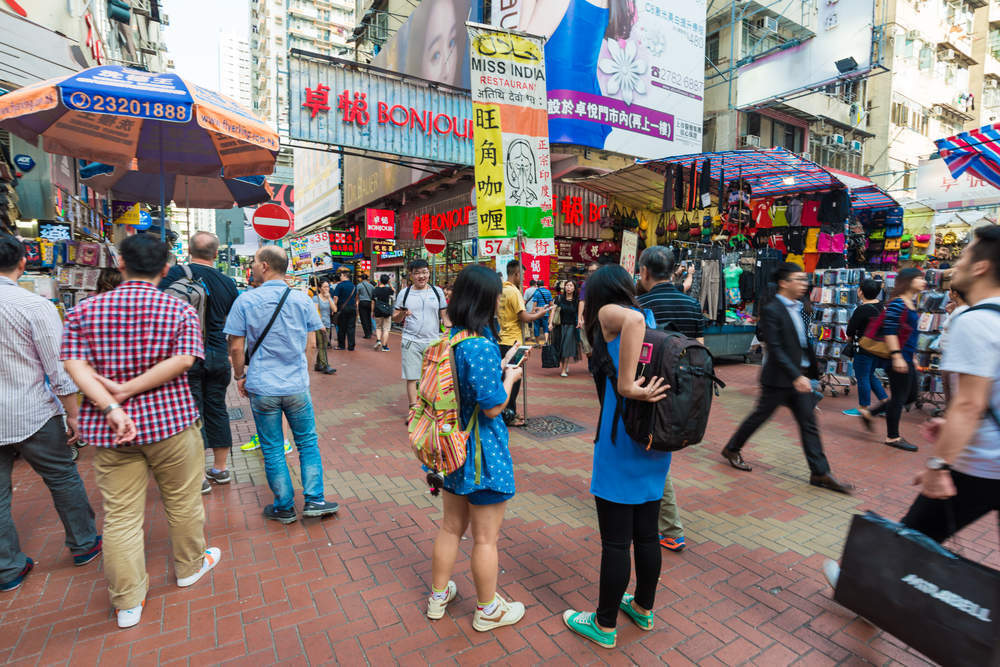Chinese tourism is already big and it’s still growing. China is the largest domestic and outbound travel market in the world and a growing number of players are seeking to effectively tap into this market.
Though international visitors from China are a force too big to ignore, domestic traffic in the country is far outstripping outbound.
In 2017 Chinese made 2.8 billion trips within their country compared to 136.5 million outbound trips – the former is 20 times higher than the latter.
[verdict_chart id=”155901″]The same is true for tourist spending; in 2017 total outbound tourist expenditure from China stood at $220.6 billion, whereas domestic tourist expenditure registered $679.1 billion.
Domestic tourism in China is booming as a result of the growing middle class, as well as the government support and substantial investments in both tourist infrastructure and transportation links in the country, especially following the Olympic Games in Beijing in 2008.
Similarly, the intensifying marketing campaigns of local destinations in recent years coupled with improved tourism offerings and services is also influencing Chinese people when it comes to choosing a holiday destination.
Whereas international travel has become increasingly affordable for Chinese consumers, domestic trips usually remain relatively cheaper; a fact that explains why many consumers still prefer to travel within the country. At the same time, security and language concerns coupled with jet lag are key reasons why Chinese people prefer ‘staycations’ over trips abroad.
As the Chinese population is becoming more affluent and domestic tourism expenditure grows, the Chinese Government is benefitting from higher revenues. In particular, the majority of transportation in the country, including highways, railways, and airlines, is owned by state enterprises.
The government also manages most tourist attractions and historical sites, while Chinese residents book their trips through domestic providers.
Therefore, the growing number of visitors coupled with the higher propensity to consume is translated into higher revenues for the state – either directly through the purchase of attraction and transportation passes or indirectly by taxing domestic tourism businesses.
The acceleration of domestic tourism traffic and spending is of vital importance as it fuels consumption, allowing the country to be transformed from an export-oriented to a consumption-oriented economy – a key priority for the Chinese government.







